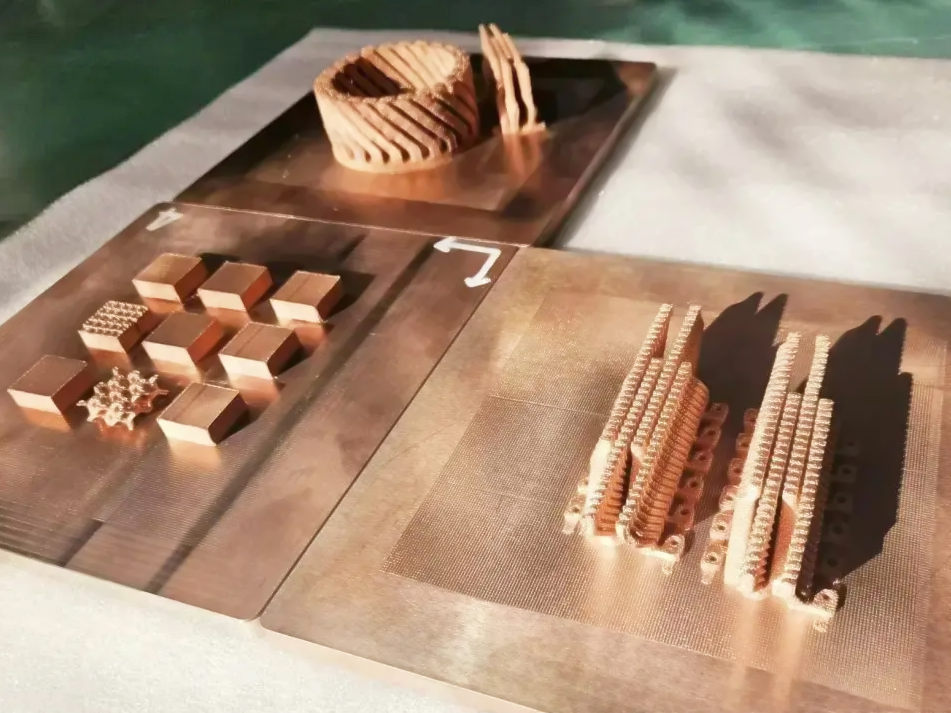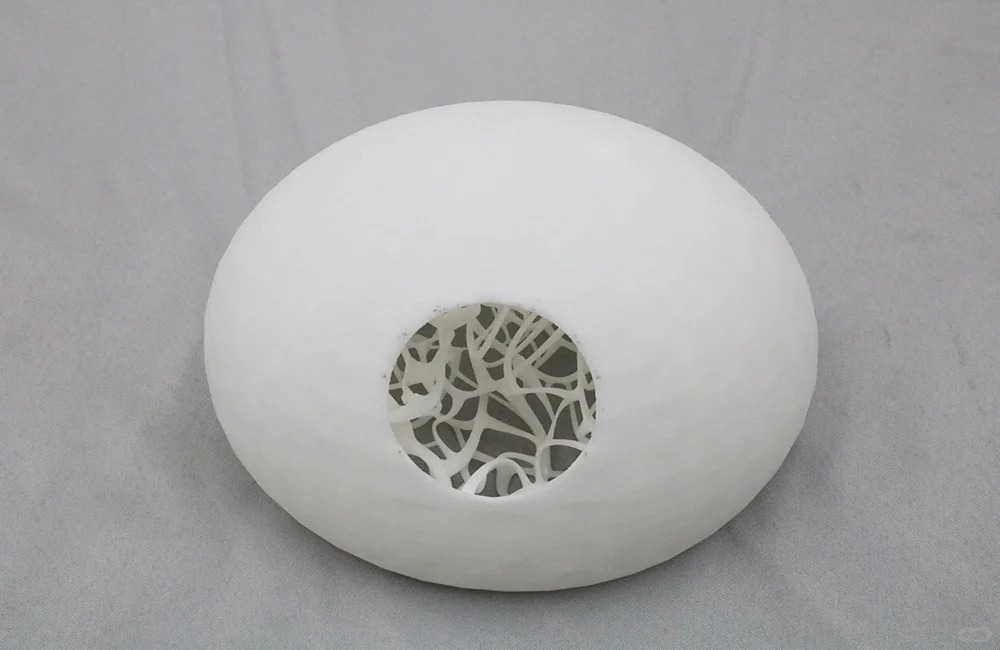Is this inspection method applicable to all 3D printing materials, including plastics and ceramics?
Yes, our quantitative defect inspection methodology is universally applicable across all categories of 3D printing materials, including various plastics and ceramics. However, the specific inspection parameters and detection capabilities are optimized for each material's unique physical and compositional characteristics to ensure accurate results.
Universal Principles with Material-Specific Optimization
The fundamental physics of X-ray computed tomography (CT) and other non-destructive testing methods enable the inspection of diverse materials, although different densities and atomic compositions require tailored approaches.
Inspection Principle: X-ray attenuation depends on material density and atomic number. This means we adjust voltage, current, and filtering to achieve optimal contrast for each material family, from low-density polymers to high-density metals and ceramics.
Plastic and Polymer Material Inspection
Our defect analysis for plastic components provides critical quality data despite their lower density.
Technical Adaptation:
Higher kVp Settings: Enhanced penetration for carbon-filled composites and engineering plastics
Specialized Detectors: High contrast resolution for identifying voids in Nylon (PA) and Polycarbonate (PC)
Defect Sensitivity: Capable of detecting pores as small as 10 microns in Polyether Ether Ketone (PEEK)
Reportable Metrics for Plastics:
Internal void percentage and distribution
Fiber orientation analysis in composite materials
Layer adhesion quality from Material Extrusion processes
Wall thickness variations in hollow structures
Ceramic Material Inspection Capabilities
Ceramics present unique inspection challenges due to their inherent density and complex microstructures, which we overcome with specialized techniques.
Technical Adaptation:
High Energy CT Systems: For penetrating dense Zirconia (ZrO₂) and Alumina (Al₂O₃)
Phase-Contrast Imaging: Enhanced detection of micro-cracks in Silicon Carbide (SiC)
Subsurface Defect Mapping: Critical for Ceramic components in medical and aerospace applications
Reportable Metrics for Ceramics:
Sintering density uniformity
Micro-crack density and propagation
Granular porosity from binder burnout processes
Density gradient analysis
Metallic Material Excellence
Our inspection protocols for metals are particularly robust, leveraging their high density for exceptional defect contrast.
Technical Adaptation:
Multi-energy CT for alloy composition verification
High-resolution micro-CT for critical Aerospace and Aviation components
Correlation with Heat Treatment effectiveness
Material-Specific Highlights:
Titanium Alloy: Alpha-case formation detection
Aluminum Alloys: Hydrogen porosity quantification
Stainless Steel: Inclusion content analysis
Superalloy: Hot isostatic pressing effectiveness verification
Advanced Resin and Photopolymer Analysis
For Vat Photopolymerization components, we've developed specialized low-energy protocols.
Technical Adaptation:
Low-energy X-ray settings to prevent material damage
Staining techniques for enhanced contrast in clear Resins
UV degradation assessment in aged components
Industry-Specific Validation Requirements
The application of these inspection methods is tailored to meet stringent industry standards:
Medical Device Manufacturing:
100% inspection of Medical and Healthcare implants from CP-Ti (Grade 1-4)
Pore size limits according to ASTM F2884 for laser-sintered components
Automotive and Aerospace:
Process qualification for Automotive safety components
Lot-to-lot consistency monitoring for production parts
Our comprehensive approach ensures that regardless of whether your components are produced using Plastic 3D Printing, Ceramic 3D Printing, or metal additive manufacturing, you receive accurate, quantitative defect analysis that drives quality improvement and ensures component reliability.



